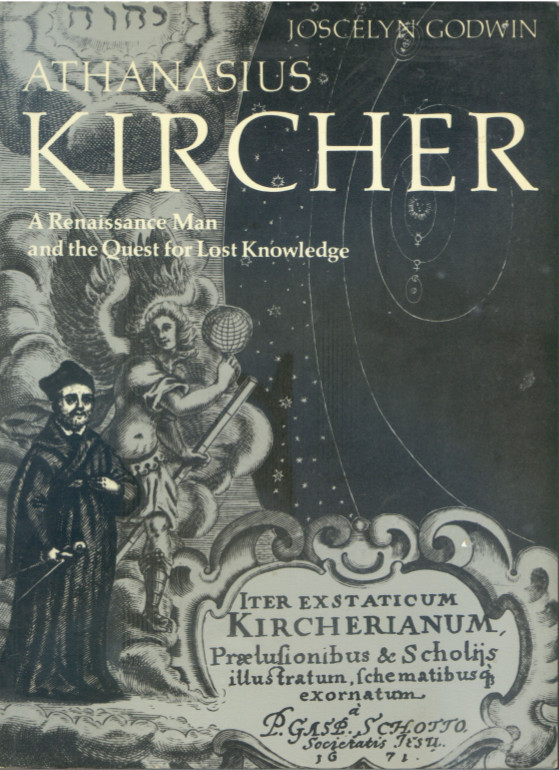Andrey Smirnov: Sound in Z: Experiments in Sound and Electronic Music in Early 20th-century Russia (2013)
Filed under book | Tags: · 1910s, 1920s, 1930s, art, art history, avant-garde, bio-mechanics, electroacoustic music, electronic music, music, music history, musical instruments, russia, sound, sound art, soviet union, technology

“Sound in Z supplies the astounding and long-lost chapter in the early story of electronic music: the Soviet experiment, a chapter that runs from 1917 to the late 1930s. Its heroes are Arseny Avraamov, inventor of Graphic Sound (drawing directly onto magnetic tape) and a 48-note scale; Alexei Gastev, who coined the term “bio-mechanics”; Leon Theremin, inventor of the world’s first electronic instrument, the Theremin; and others whose dreams for electronic sound were cut short by Stalin’s regime. Drawing on materials from numerous Moscow archives, this book reconstructs Avraamov’s Symphony of Sirens, an open-air performance for factory whistles, foghorns and artillery fire first staged in 1922, explores Graphic Sound and recounts Theremin’s extraordinary career-compiling the first full account of Russian electronic music.”
Edited by Matt Price and David Rogerson
Foreword by Jeremy Deller
Publisher Koenig Books, London, in partnership with Sound and Music, London, 2013
ISBN 3865607063, 9783865607065
281 pages
Talk by the author (audio, 90 min, 2012)
Interview with author: Nathan Budzinski (video, The Wire, 2013).
Exh. review: Daniele Balit (The Wire, 2009).
Reviews: Agata Pyzik (Calvert Journal, 2013), Colin McSwiggen (n+1, 2013), Alessandro Ludovico (Neural, 2013), Jacob Gotlib (Computer Music Journal, 2014), Thomas Patteson (Current Musicology, 2017).
PDF, PDF (14 MB, updated on 2020-11-1)
Comments (13)Joscelyn Godwin: Athanasius Kircher: A Renaissance Man and the Quest for Lost Knowledge (1979)
Filed under book | Tags: · 1600s, archaeology, history of science, history of technology, kabbalah, linguistics, magnetism, music, mysticism, optics, religion, science, technology

Athanasius Kircher (1602-80) stands out as one of the last all-encompassing minds, living in the age of Descartes and Newton, but expounding his knowledge in the light of a unified, spiritual world-view. For this true Renaissance man, the whole cosmos was a glorious theophany waiting to be explored.
Kircher was a Jesuit and an archeologist, a phenomenal linguist and an avid collector of scientific instruments and geographical exploration. He probed the secrets of the subterranean world, deciphered archaic languages, experimented with alchemy and music-therapy, optics and magnetism.
Egyptian mystery wisdom, Greek, Cabbalistic and Christian philosophy met on common ground in Kircher’s work; his sumptuous, encyclopaedic volumes were revered throughout Europe. His gigantic oeuvre is approached here through striking engravings – most of them reprinted for the first time – together with annotations and an introduction to Kircher’s life and work.
Publisher Thames & Hudson, 1979
Art and Imagination series
ISBN 0500810222, 9780500810224
96 pages
PDF (121 MB, no OCR)
Comment (0)Andrei Smirnov, Liubov Pchelkina: Generation Z: Russian Pioneers of Sound Art and Musical Technology in 1910-1930 (2011) [English/Hungarian]
Filed under booklet | Tags: · 1910s, 1920s, art, art history, avant-garde, music, music history, russia, sound, sound art, technology, utopia

Variophone, theremin terpsitone, rhythmicon, emiriton, ekvodin, graphical sound – just to mention a few of the amazing innovations of the beginning of the 20th century in Soviet Russia, a country and time turbulent with revolutions, wars and totalitarian dictatorship.
While the history of Russian post-revolutionary avant-garde art and music is fairly well documented, the inventions and discoveries, names and fates of researchers of sound, creators of musical machines and noise orchestras, founders of new musical technologies have been largely forgotten except, perhaps, Leon Theremin, inventor of the first electronic musical instrument, the theremin.
This community of creators, however, was inherently incompatible with the totalitarian state. By the late 1930s it became effectively written out of histories, wiped out from text books.
Many of their ideas and inventions, considered as utopian at that time, were decades later rein¬vented abroad. We still use them today not knowing their origin.
This booklet was produced for the Budapest edition of a traveling exhibition curated by Andrei Smirnov of the Theremin Center and Liubov Pchelkina of the State Tretyakov Gallery.
Publisher OSA Archivum, Budapest, 2011
ISBN 9789638853820
20 pages
exhibition (from the curators)
exhibition (gallery website)

